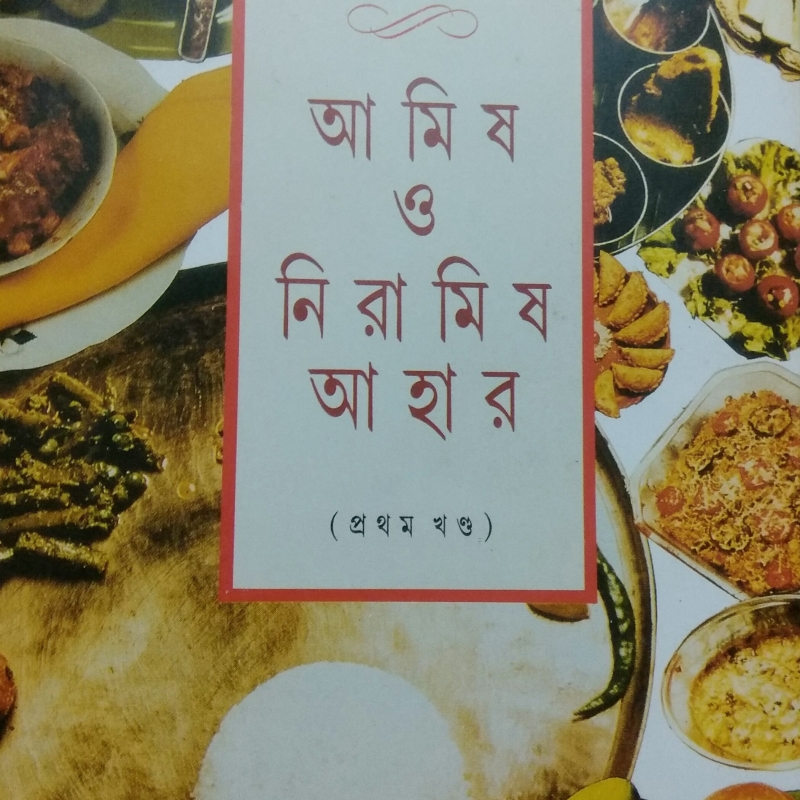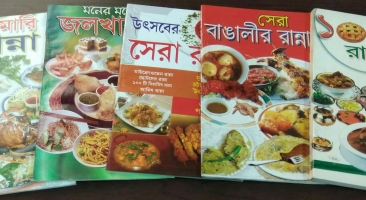The printing history of cookbooks in India dates back to early nineteenth century. It took few decades for women to move away from anonymity and to step out as authors in the realm of professional food writing. This module examines how the flourishing of print technology in Kolkata, from the late nineteenth to twentieth century, affected the social role and position of women inhabiting the historically undervalued space of the kitchen. This connection is primarily explored by performing a study of cookbooks written by women. The culinary narrative of cookbooks has been interwoven with economic and social changes. It is only recently that their study has acquired serious interest. Despite being important cultural markers, their relevance and study has been limited. Advice manuals, journals or periodicals published in the latter half of the nineteenth century like Punya, Bamadodhini or Antahpur, had substantial subscriptions with women contributing recipes to them. This slowly ushered the publication of numerous cookbooks authored by women leading to ingenious technological innovations in cooking practices. Women utilised this increased interest in the culinary arts to challenge the boundary between the 'home' and the 'public'. The writing of cookbooks from a public/professional sphere reflected a dramatic portrayal of women’s agency. This act of writing recipes from the intimate domain of the household provided the rhetorical platform for conducting public discussions on healthy, tasteful domestic practices in both material and moral terms. There is an attempt to unearth a social history, largely untapped, documenting invisible forms of labour which will make the discourse of women’s history in Bengal more inclusive.
Tracing the Culinary Narratives of Bengali Cuisines
in Module
Published on:

Rituparna Das
Rituparna Das is a PhD scholar at the Department of English, Jadavpur University. She has completed her undergraduate and postgraduate degrees from the same institution. She is also currently interning at the Jadavpur University Press.



